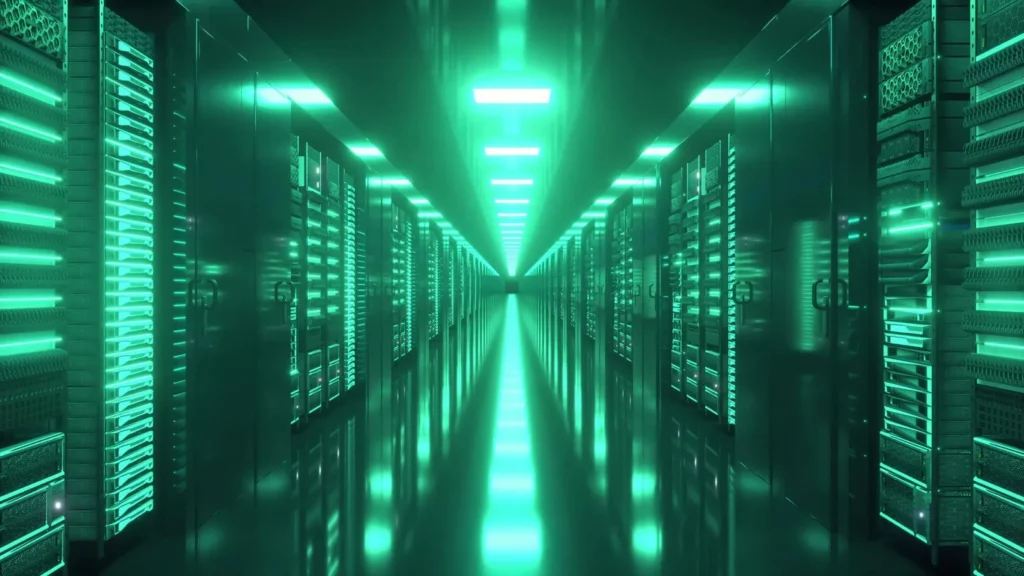
Seagate Survey and Report Shows How to Create Green Data Centers
As the demand for digital storage continues to grow, it’s no surprise that energy usage has become a top concern for 53.5% of business leaders, according to a recent survey commissioned by Seagate Technology. The report highlights the critical role that digital storage can play in creating more sustainable and efficient data centers.
The findings are particularly timely, given forecasts from Goldman Sachs Research suggesting that global power demand for data centers will increase by as much as 165% by 2030 compared to 2023.
The survey gathered responses from 330 data center professionals across 11 markets: Australia, China, France, Germany, India, Japan, North America, Singapore, South Korea, Taiwan, and the United Kingdom. Some key findings include:
* 94.5% of respondents reported increasing data storage needs, with 97% anticipating AI’s growth to further impact storage demand.
* Nearly 95% of respondents are concerned about environmental impact, but only 3.3% prioritize this in their purchasing decisions.
* Top barriers to driving sustainability at data centers include high energy consumption (53.5%), raw material requirements (49.5%), physical space constraints (45.5%), infrastructure costs (28.5%), and acquisition costs (27%).
Notably, the survey indicates that while 92.2% of respondents acknowledge the importance of extending the life cycle of storage equipment, only 15.5% consider it a top purchasing factor.
To achieve sustainability goals, reducing the total cost of ownership and energy consumption are crucial. According to Seagate’s findings, this can be achieved by:
* Reducing power consumption through the use of less expensive and lower power storage technologies for infrequently accessed data
* Extending the life cycle of storage devices
* Efficiently using space in data centers
Seagate’s report provides a comprehensive overview of the embodied carbon in various storage media. The data shows that SSDs have significantly higher embodied carbon due to the energy-intensive semiconductor manufacturing processes required, whereas HDDs require less energy and resources to manufacture.
Furthermore, the report highlights that operating power consumption is also an issue. According to the survey, SSDs consume over 50% more operating power per TB of storage capacity compared to HDDs and LTO tape. Magnetic tape, specifically, has a higher power consumption in writing and reading, but it typically sits idle most of the time in a library, making its actual average power efficiency much lower.
The report emphasizes that data centers can effectively manage increased storage needs while reducing energy consumption and greenhouse gas emissions by strategically choosing digital storage options within a storage hierarchy.
Source: https://www.forbes.com/sites/tomcoughlin/2025/04/16/seagate-survey-and-report-shows-how-to-create-green-data-centers/


